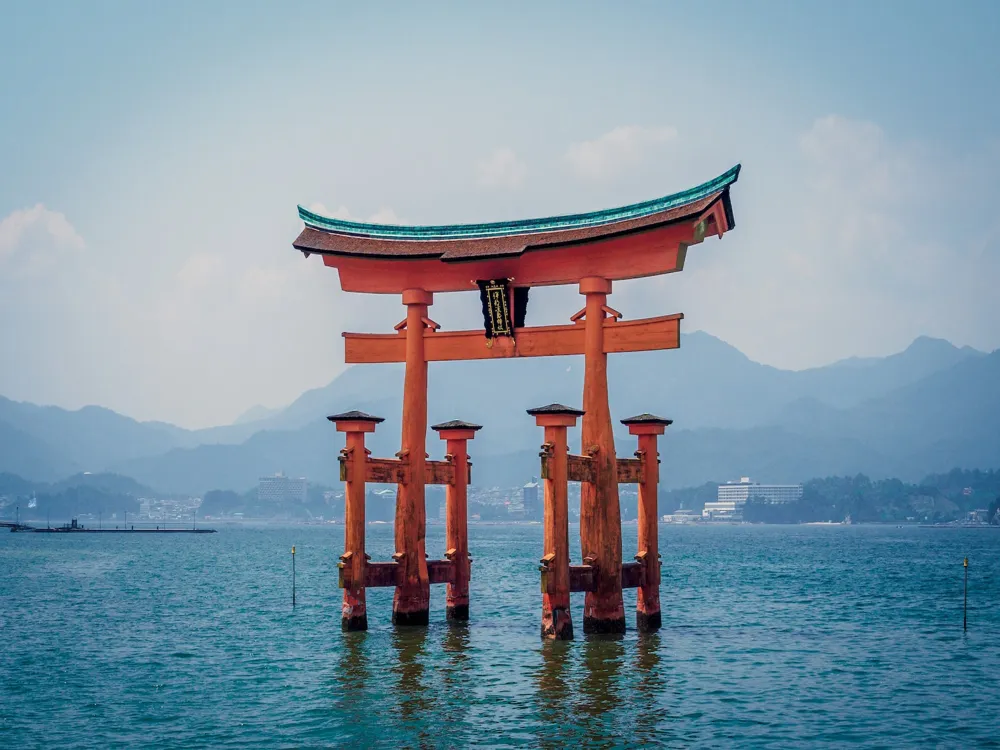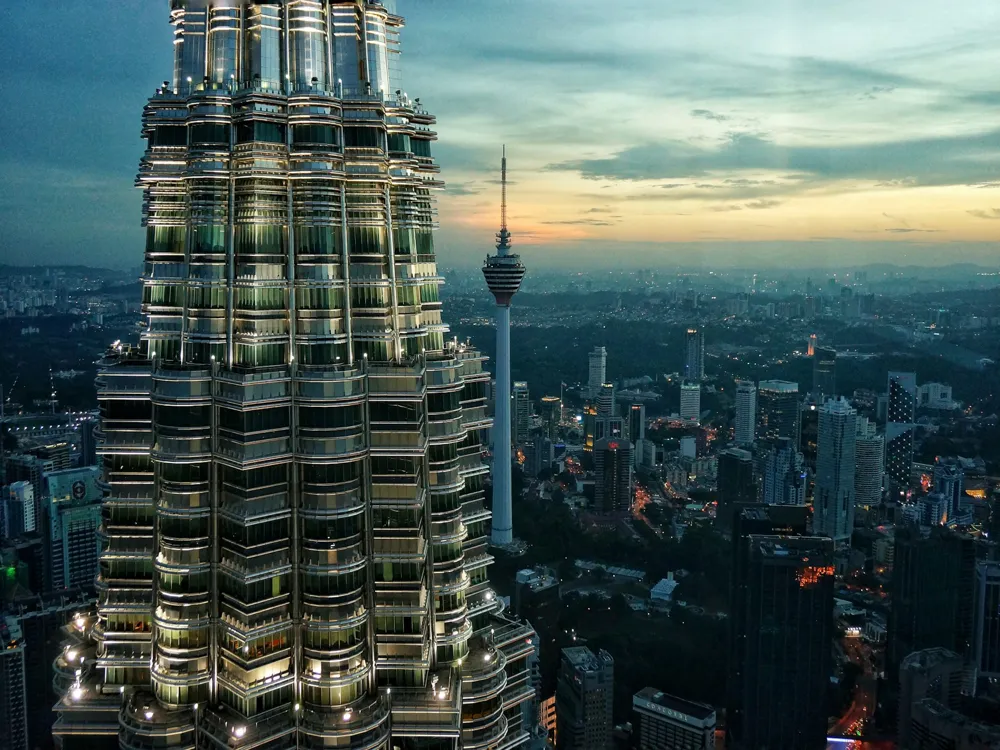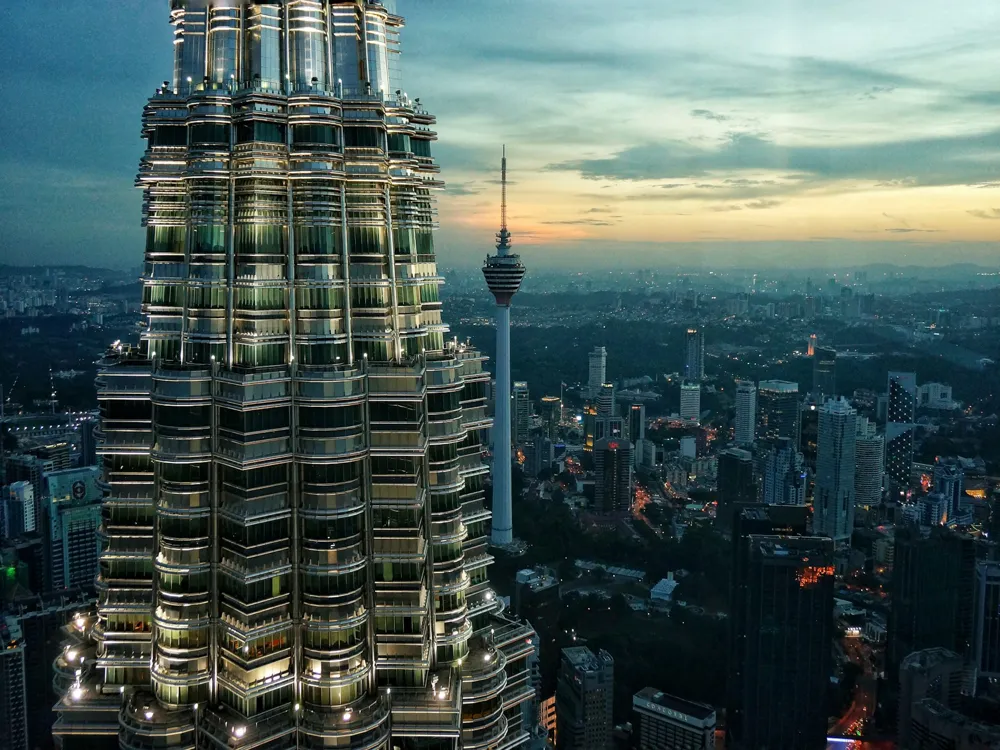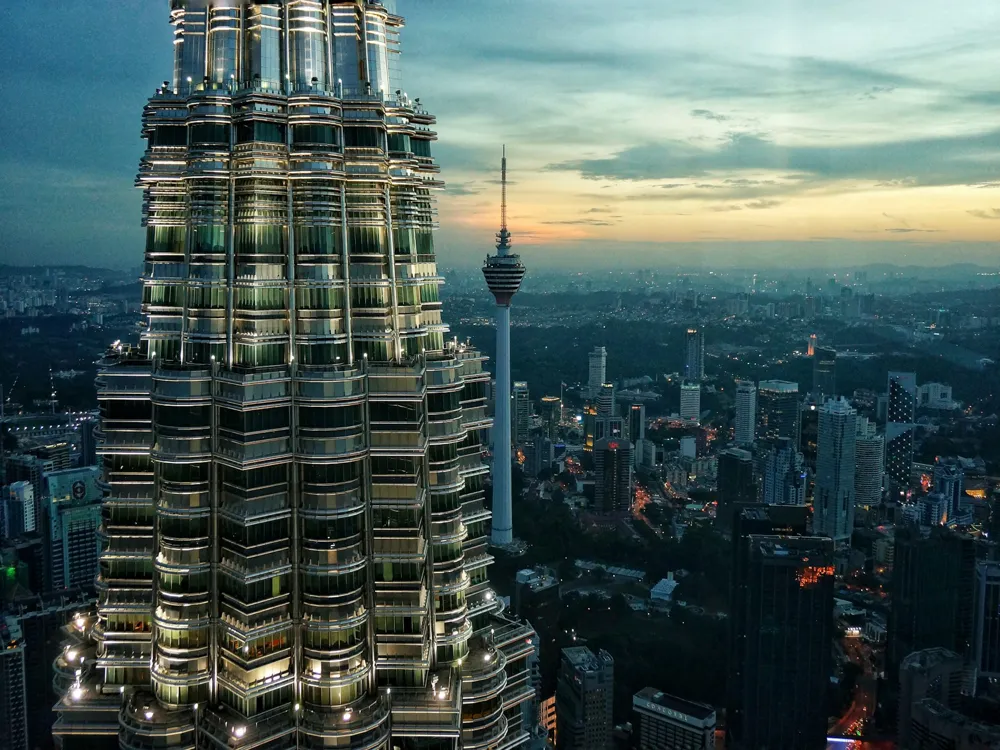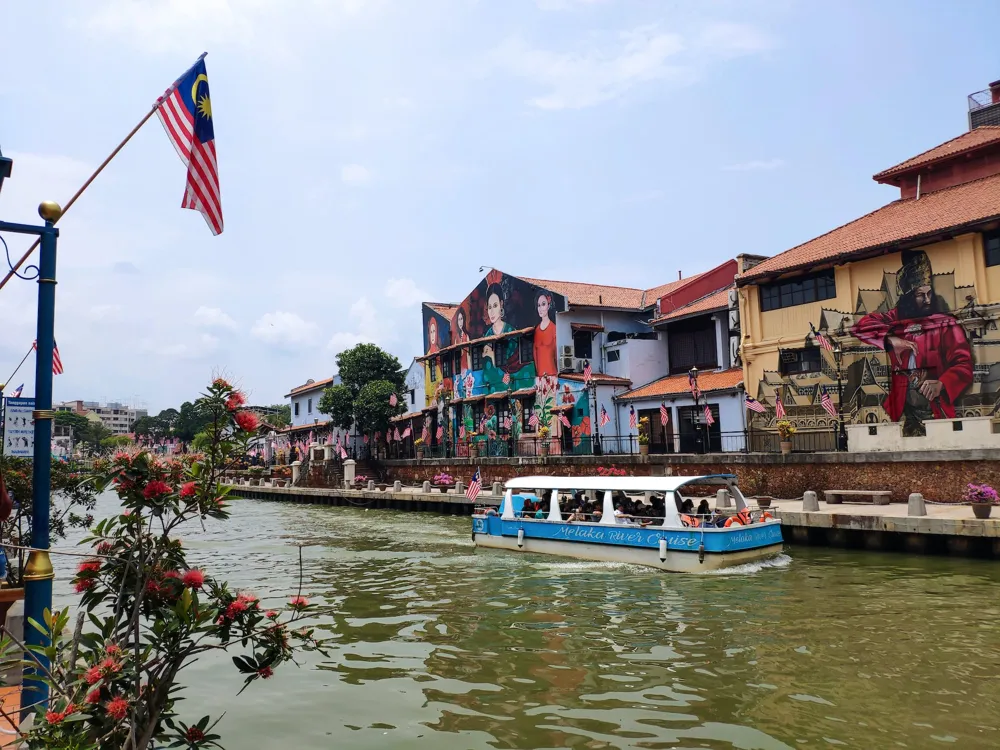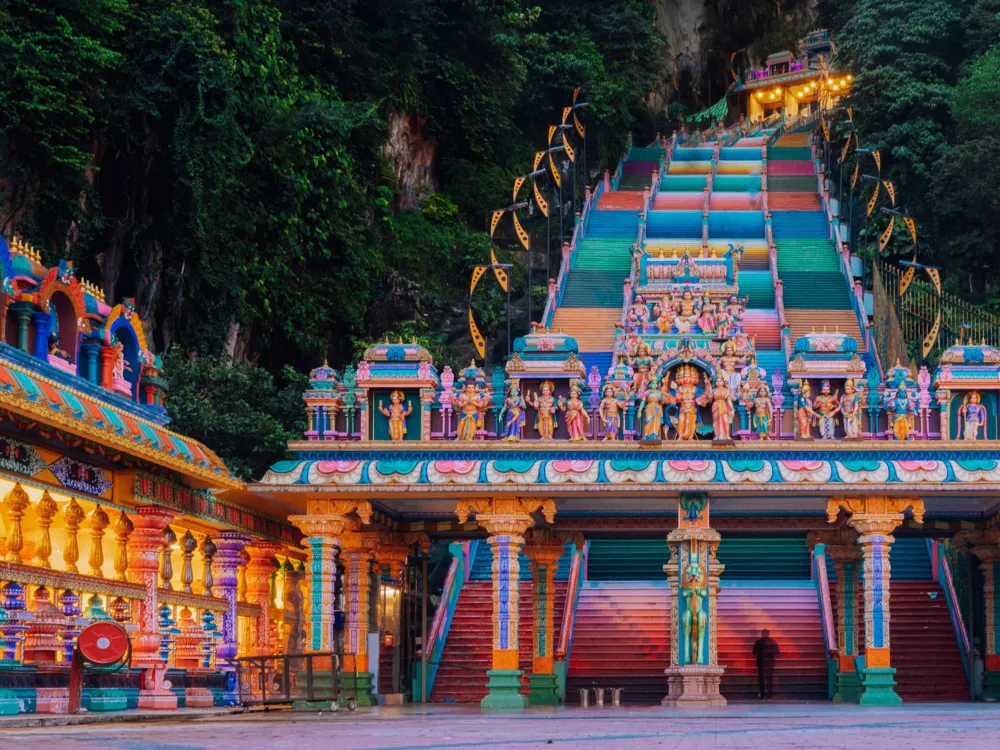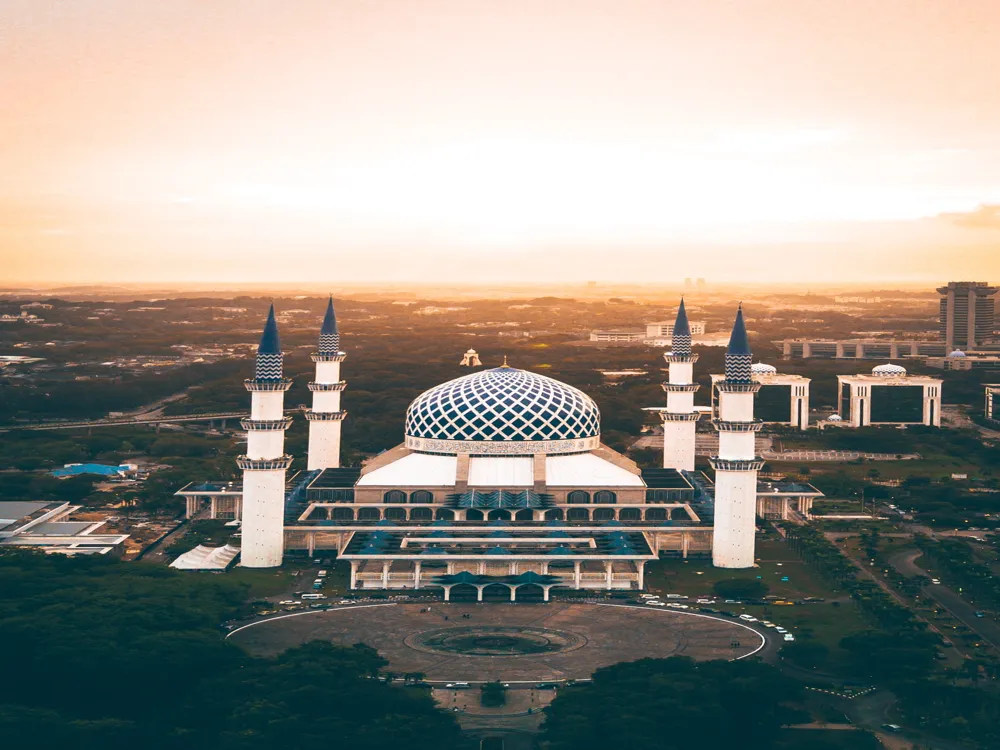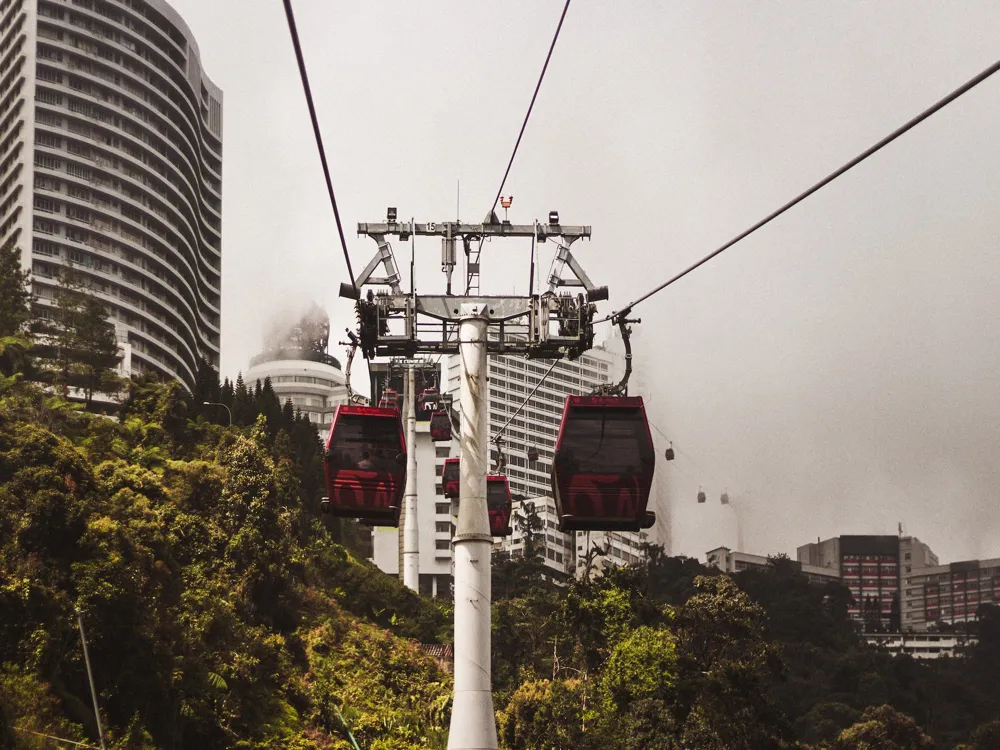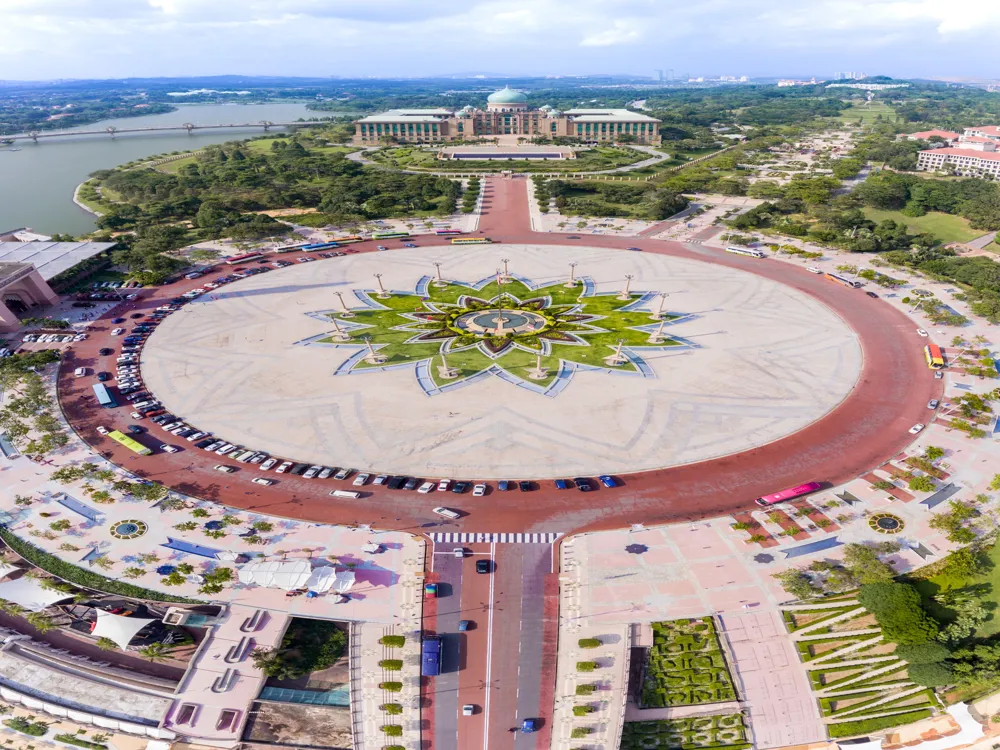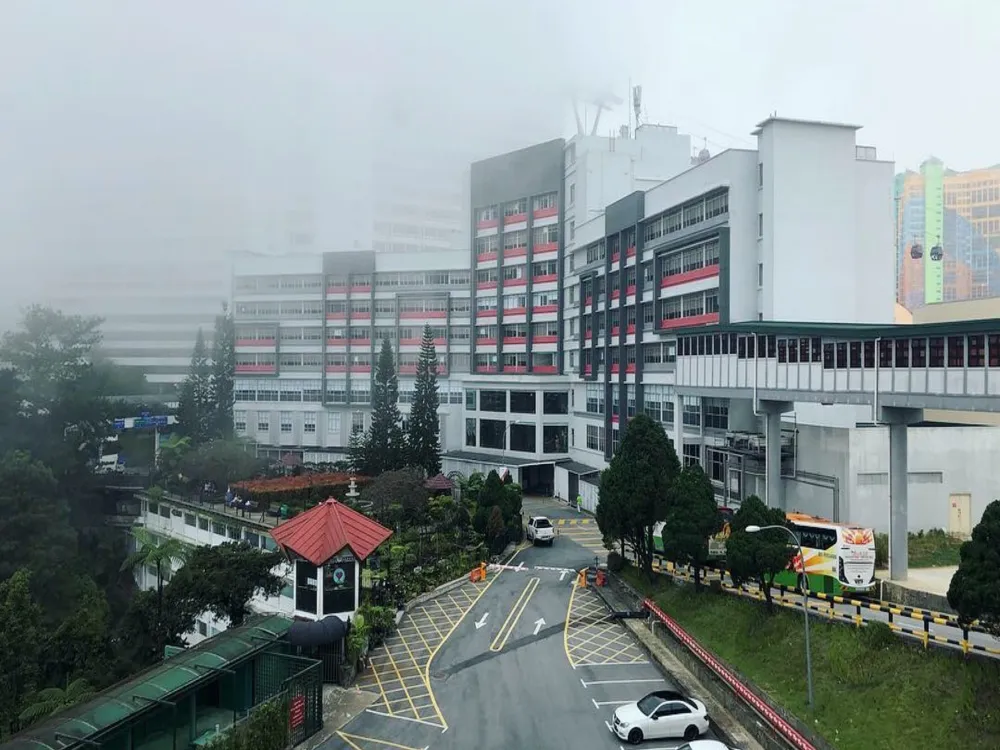Masjid India, a remarkable landmark in Kuala Lumpur, stands as a testament to the rich cultural and religious heritage of Malaysia. Located in the heart of the city, this mosque is not only a place of worship but also a symbol of the harmonious blend of diverse cultures and histories that Malaysia is known for. The mosque's name, 'Masjid India', directly translates to 'Indian Mosque', reflecting the influence of Indian Muslim traders who settled in Kuala Lumpur in the late 19th century. The foundation of Masjid India dates back to 1863, making it one of the oldest mosques in Kuala Lumpur. The mosque was originally a simple wooden structure built by the Indian Muslim community, who were primarily Tamil Muslims from South India. Over the years, the mosque underwent several renovations and expansions to accommodate the growing Muslim population in the city. Today, it stands as a significant religious and cultural site, attracting visitors from all around the world. Masjid India's role extends beyond being a mere place of worship. It is deeply intertwined with the social and cultural fabric of Kuala Lumpur. The mosque serves as a community center, offering educational and religious classes, and is a focal point for Islamic celebrations and festivals in the city. Its presence has also influenced the surrounding area, leading to the development of a vibrant neighborhood known as 'Little India', bustling with shops, restaurants, and businesses that reflect the Indian heritage. Visitors to Masjid India are immediately struck by its unique architectural style, which blends traditional Indian designs with local Malay and Islamic influences. The mosque's facade is adorned with intricate carvings, arches, and domes, showcasing the skilled craftsmanship of its builders. The interior of the mosque is equally impressive, with beautiful calligraphy, geometric patterns, and a sense of serenity that envelops those who enter. In summary, Masjid India is more than just a mosque. It is a symbol of Kuala Lumpur's multicultural identity and a bridge that connects the past with the present. Whether one is interested in history, architecture, or culture, Masjid India offers a glimpse into the soul of Kuala Lumpur, making it a must-visit destination in the city. The architecture of Masjid India is a fascinating amalgamation of Indian, Malay, and Islamic styles, reflecting the multicultural tapestry of Malaysia. Its design elements and construction techniques offer insights into the historical and cultural influences that have shaped Kuala Lumpur. One of the most striking features of Masjid India is its dome, which is an emblematic element of Islamic architecture. The dome, with its spherical shape, not only serves an aesthetic purpose but also has practical significance. It helps in enhancing the acoustics inside the mosque, ensuring that the Imam's voice is heard clearly by the congregation during prayers. The minaret of Masjid India is another focal point of its design. Standing tall beside the mosque, it serves as a visual call to prayer for the faithful. The minaret's design is influenced by traditional Indian architecture, featuring intricate carvings and a series of small, decorative windows that add to its elegance. The mosque's facade is adorned with a series of arches, a common feature in Islamic architecture. These arches are not just decorative but also serve to support the structure of the building. The use of arches also allows for better air circulation, keeping the interior of the mosque cool, a crucial aspect in the tropical climate of Kuala Lumpur. The interior of Masjid India is a harmonious blend of simplicity and intricacy. The prayer hall is spacious, promoting a sense of peace and contemplation. The walls and ceilings are decorated with Islamic calligraphy and geometric patterns, which are not only visually stunning but also hold deep spiritual significance. These designs are a testament to the artistic skills of the craftsmen and their devotion to their faith. In conclusion, the architecture of Masjid India is a mirror reflecting the diverse influences that have shaped Kuala Lumpur. It stands not just as a place of worship, but as a symbol of the cultural and historical journey of the Malaysian capital. Visitors should dress modestly, covering their arms and legs. Women are advised to bring a headscarf to cover their head. Avoid visiting during prayer times, especially during the Friday afternoon prayers, as this is a particularly busy time for worshippers. Photography is generally allowed, but always ask for permission and avoid taking pictures of people praying. Consider taking a guided tour to better understand the mosque's history and architecture. Maintain a quiet and respectful demeanor within the mosque premises. Masjid India is conveniently located in the heart of Kuala Lumpur and is easily accessible by various modes of transportation. For those using public transport, the nearest train station is the Masjid Jamek LRT Station, which is just a short walk from the mosque. Visitors can also take a taxi or use ride-hailing services like Grab to reach the mosque directly. For those driving, there are several parking options available in the vicinity of the mosque. However, due to the busy nature of the area, public transport is often the most convenient option. Read More:Overview of Masjid India in Kuala Lumpur
Architecture of Masjid India
Tips When Visiting Masjid India
Dress Appropriately
Respect Prayer Times
Photography Etiquette
Guided Tours
Behave Respectfully
How To Reach Masjid India
Masjid India
Kuala Lumpur
₹ 18,000 onwards
View kuala-lumpur Packages
Kuala-lumpur Travel Packages
View All Packages For Kuala-lumpur
Top Hotel Collections for Kuala-lumpur

Private Pool

Luxury Hotels

5-Star Hotels

Pet Friendly
Top Hotels Near Kuala-lumpur
Other Top Ranking Places In Kuala-lumpur
View All Places To Visit In kuala-lumpur
View kuala-lumpur Packages
Kuala-lumpur Travel Packages
View All Packages For Kuala-lumpur
Top Hotel Collections for Kuala-lumpur

Private Pool

Luxury Hotels

5-Star Hotels

Pet Friendly







